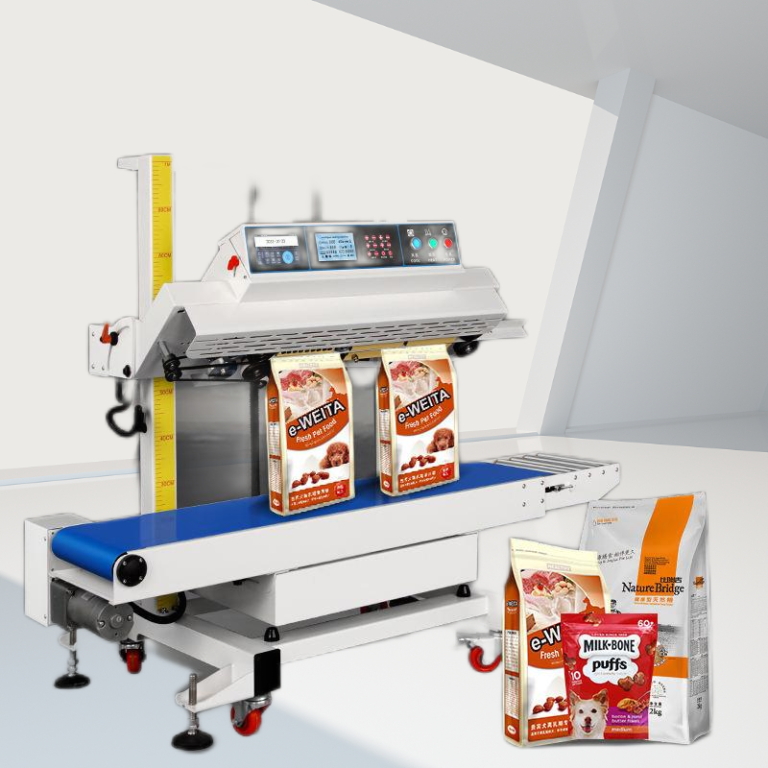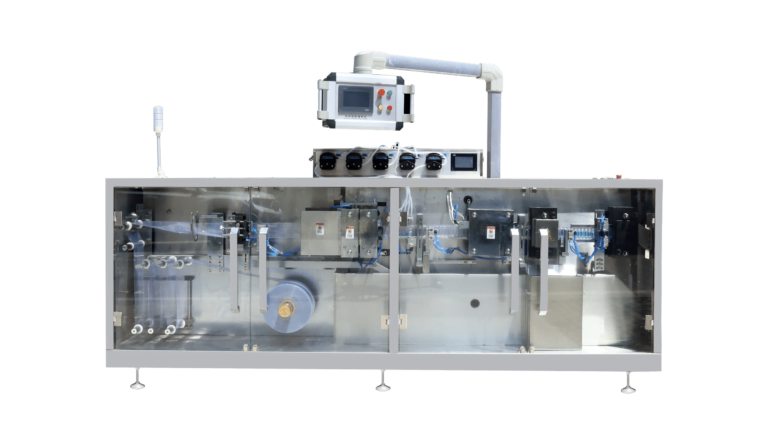As a machinist with 15 years of experience in a packaging machine plant, I’ve seen firsthand the evolution of the packaging industry. One game changer in this field has been the automatic horizontal fill and seal machine, also known as a horizontal form, fill and seal (HFFS) machine. In this blog post, I will delve into the inner workings of these machines, outlining their key components and how they contribute to creating efficient and precise packaging solutions.
Introduction to Automatic Horizontal Fill and Seal Machines
Automatic horizontal fill and seal machines are popular in the packaging industry due to their versatility, efficiency, and ability to handle a wide range of products, including liquids, powders, granules, and solids. These machines are commonly used in various industries such as food, pharmaceutical, cosmetics, and more. The main function of an HFFS machine is to form a package, fill it with the desired product, and seal it securely – all in one continuous process.
Key Components of an HFFS Machine
There are several vital components in an automatic horizontal fill and seal machine, including:
- Film Unwinding and Tensioning System: This system feeds the packaging film into the machine from a roll. The tensioning system maintains consistent tension on the film to ensure smooth and even feeding.
- Forming Collar and Shoulder: The forming collar and shoulder shape the packaging film into a tube around the product. The tube’s size and shape depend on the specific packaging requirements.
- Filling System: The filling system injects the product into the formed packaging tube. The filling system can be customized to handle various products, such as auger fillers for powders or piston fillers for liquids.
- Horizontal and Vertical Sealing Jaws: The sealing jaws are responsible for creating secure seals on the package. The horizontal sealing jaws create the top and bottom seals, while the vertical sealing jaws create the longitudinal seal that runs along the package’s length.
- Cutting System: The cutting system separates individual packages by cutting between the seals. This can be done using a variety of methods such as rotating knives, guillotine cutters, or perforation systems.
The Process: How It All Comes Together
The automatic horizontal fill and seal machine operates in a continuous cycle, involving the following steps:
- Film Unwinding and Tensioning: The packaging film is unwound from a roll and fed into the machine at a consistent tension.
- Forming: The film passes through the forming collar and shoulder, shaping it into a tube around the product.
- Filling: The product is accurately measured and deposited into the formed tube.
- Sealing: The horizontal and vertical sealing jaws create secure seals on the package, ensuring that the product stays contained and protected.
- Cutting: The individual packages are separated by cutting between the seals.
- Discharge: The finished packages are discharged from the machine onto a conveyor or collection system for further processing, such as labeling or case packing.
Automatic horizontal fill and seal machines offer a high level of efficiency and precision in the packaging process. Their ability to handle a wide range of products, along with customizable features, make them a popular choice for many industries. As a machinist with extensive experience in the packaging machine plant, I can attest to the value these machines bring to the production line.





